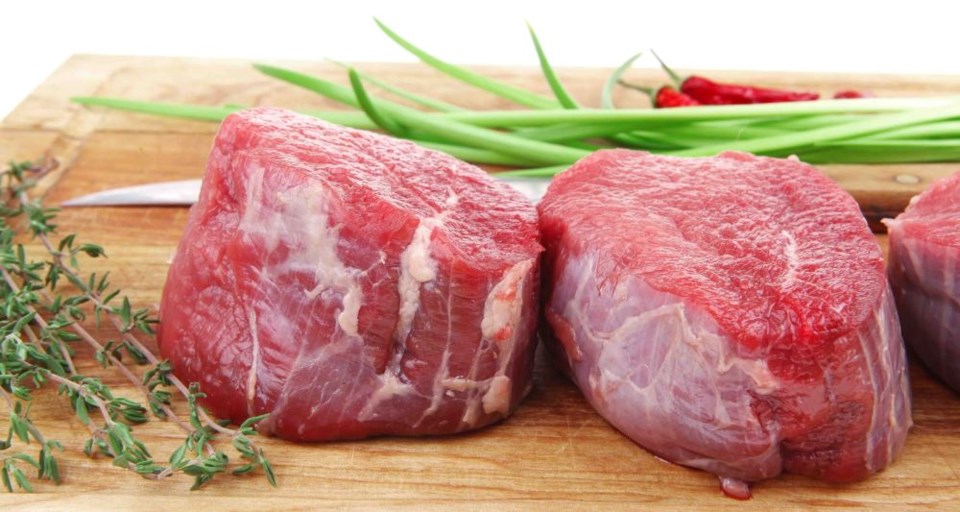The Power Food: Heart Health Promoter or Destroyer?
Red meat has long been implicated as a food that will destroy your heart health...so how could it be considered a power food? Let’s look at the nutritional power of lean beef and the misinterpretation of scientific research that has given it a bad name.
Red Meat vs. Lean Beef
Much of the confusion about the healthfulness of lean beef comes from the way it is categorized in research studies and talked about. Red meat can mean a lot of different foods that have a very different nutritional profile compared to lean beef.
What is considered to be red meat?
Hamburger, beef hot dog, processed meat and processed meat sandwich, bacon, beef/pork/lamb as a mixed and main dish.
What is considered lean beef?
A piece of beef that contains <10 g total fats, =4.5 g saturated fat, and <95 mg cholesterol per 3.5 oz. serving
These two categories describe very different types of foods. In the 5 clinical trials that have compared the effects of eating lean beef vs. chicken/fish, there is no difference in the diet’s ability to reduce the risk of heart disease.
I will personally eat beef in one form or another 3-4 times a week. I always choose lean cuts and stay away from adding processed sauces that add sugars and hydrogenated oils. My annual checkups are always excellent. I gotta be doing something right!
10 Essential Nutrients
To be a power food, you need to bring a lot of nutrition without a lot of calories. Lean beef leads the way in this category as it contains 10 essential nutrients:
- Protein
- Vitamin B12
- Selenium
- Zinc
- Niacin
- Vitamin B6
- Iron
- Phosphorus
- Riboflavin
You would need 6 1/2 cups of raw spinach to get as much vitamin B6 as you would get from a 3oz serving of beef. You may also be surprised to know that almost half of the fat found in beef is monounsaturated fat, the same fat in avocados and olive oil.
Where’s the Lean Beef?
Knowing that lean beef is what you want, the next questions is where in the meat case at the grocery store is the lean beef?
It is everywhere. Chances are that you are already buying lean beef without even knowing it. Nearly 70% of the beef sold in grocery store is lean beef.
Here are some of the most popular lean cuts to look for:
- Strip Steak
- T-Bone Steak
- Filet Mignon
- Sirloin Steak
- Top Round
- 90% lean ground beef
- Brisket
- Pot Roast
Keys to Cooking Lean Beef
Cooking delicious lean beef doesn’t need to be difficult or tricky. The key is in the temperature. Using a meat thermometer to ensure that you are cooking your meat to the correct temperature will allow you to not just avoid food borne illnesses, but will ensure that you get meat that is cooked to your liking every time.
• Well Done: 170 degrees Fahrenheit
• Medium: 160 degrees Fahrenheit
• Medium Rare: 145 degrees Fahrenheit
More Flavor, Less Calories
Beef contains high levels of the amino acid glutamate. Glutamate is responsible for the 5 taste - umami or savory.
By adding other umami flavor rich foods to your meal, you can exponentially enhance the taste and enjoyment of your beef dish without a lot of extra calories.
Umami rich toppings to add include: aged cheese, soy sauce, fish sauce, mushrooms, and ripe tomatoes.
Another great way to enhance flavor without calories is with seasonings.
I love to use Himalayan sea salt as my salt source because of its properties rich in minerals; and the taste has no comparison to over the processed, heart dangerous white table salt.
I also use a lot of unsalted seasonings like garlic, onion powder, cracked pepper, dried crushed parsley, and even mustard powder. Flavor as much as you like, seasonings are good for you!
Yours in health!



